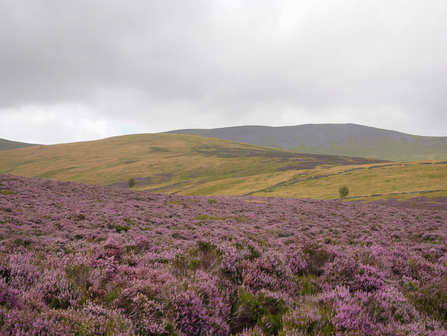-
620 acres of lost Atlantic Rainforest will be restored in Cumbria thanks to The Wildlife Trusts’ partnership with Aviva
-
Skiddaw Forest in the Lake District covers 3,000 acres of currently ungrazed upland
-
Over 2,200 acres of other habitat will be restored including montane scrub, wildflower grassland, heather moorland and 992 acres of peatbogs
-
Open public access to this popular fell – including Skiddaw’s summit – will be secured
-
Internationally important site for nature and geology will be protected forever
Today, 5th September, Cumbria Wildlife Trust announces the launch of a major public appeal to help buy Skiddaw Forest, including the summit of Skiddaw. The charity aims to restore a huge, lost area of Atlantic rainforest as part of its 100-year vision for bringing back wildlife to the lower slopes of what will be the highest nature reserve in England.
Thanks to a partnership with Aviva, £5 million has been raised and additional support has been secured from charitable funders towards the asking price. Now the charity needs to rise the final £1.25 million and is appealing to the public to secure the purchase.

